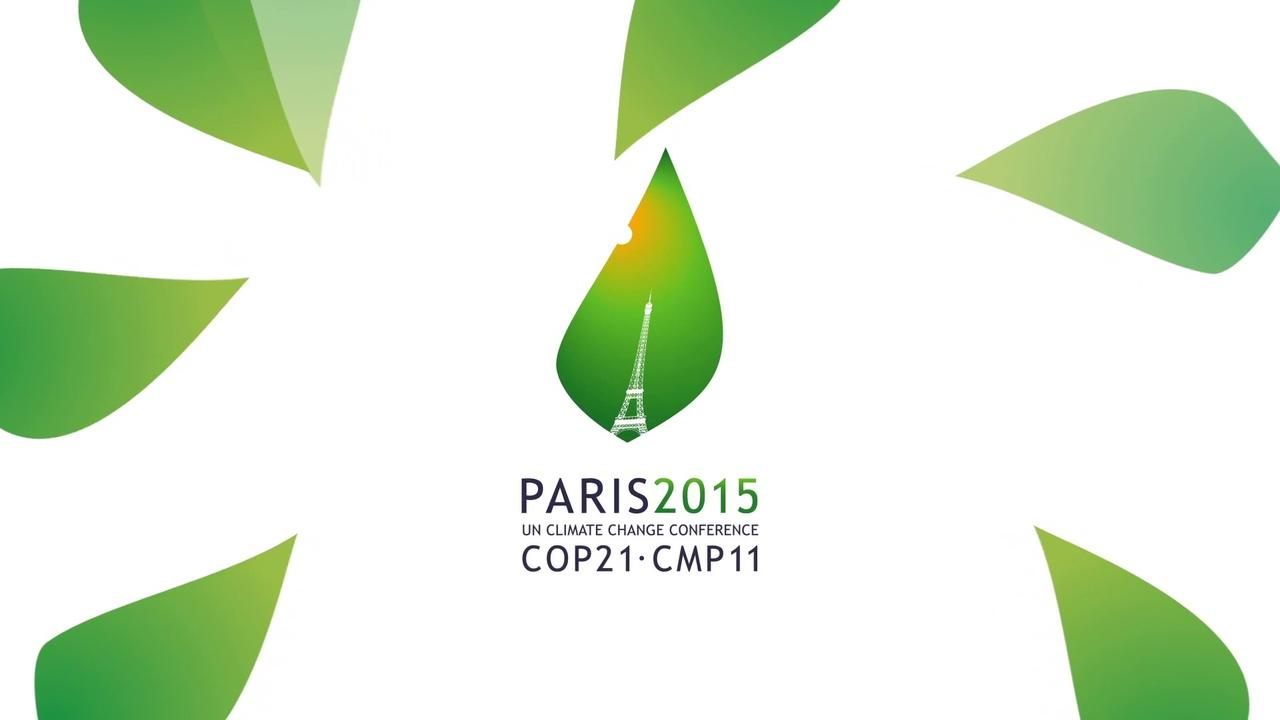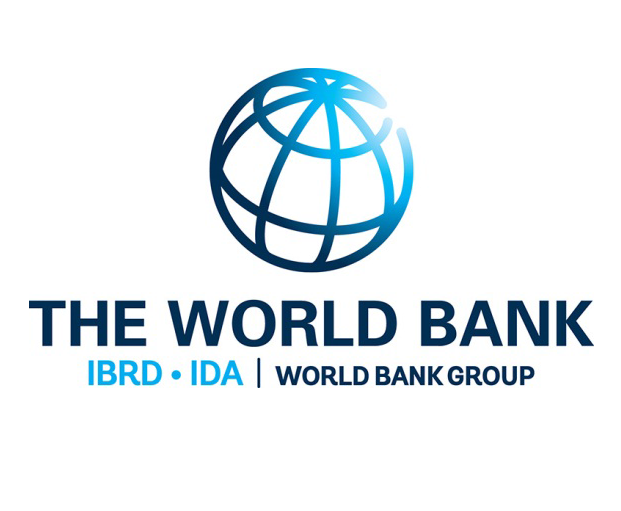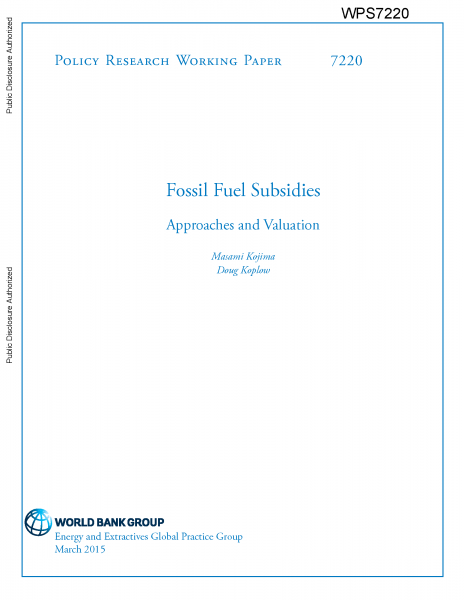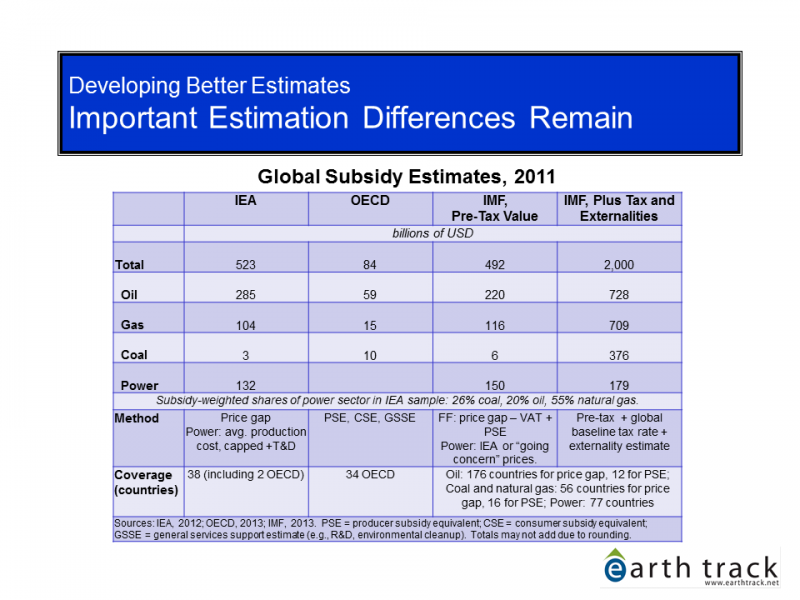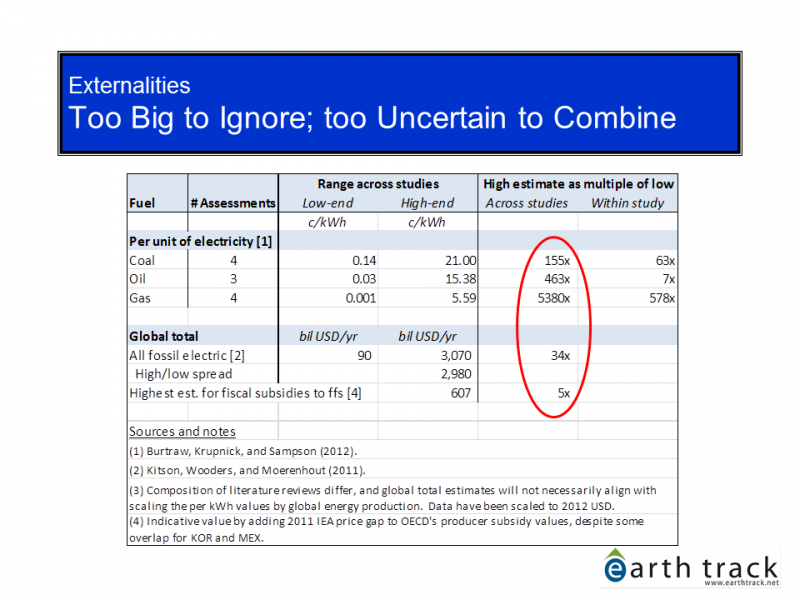World Bank
Fossil Fuel Subsidies: Approaches and Valuation
Numbers ranging from half a trillion to two trillion dollars have been cited in recent years for global subsidies for fossil fuels. How are these figures calculated and why are they so different? The most commonly used methods for measuring subsidies are the price-gap approach-quantifying the gap between free-market reference prices and the prices charged to consumers-and the inventory approach, which constructs an inventory of government actions benefiting production and consumption of fossil fuels.
Subsidies to Energy: A Review of Current Estimates and Estimation Challenges
Presentation at a meeting sponsored by the Energy Research Institute of China's National Development and Reform Commission and the World Bank in Beijing, China. The presentation reviews existing estimates of global subsidies to energy, including their magnitude, differences in estimation methods and assumptions, reporting trends, and emerging issues.
We are grateful to the World Bank for making a Mandarin version of this presentation available as well.
Fossil Fuel Subsidies: Building a Framework to Support Global Reform
Keynote presentation at the Expert Workshop on Subsidies to Fossil Fuels and Climate Mitigation Policies in Latin America and the Caribbean (LAC), held at the Inter-American Development Bank in Washington, DC on January 14, 2014. Slides review recent global estimates of fossil fuel subsidies, highlighting both the tallies and the reasons the estimates differ widely from one another.
Shift the Subsidies: Tracking the flow of public money to energy projects around the world
For decades, wealthy countries have been using international aid and other foreign assistance—through grants, loans, equity and loan guarantees—to subsidize the expansion of the international fossil fuel industry. Many of these institutions provide export insurance as well.
The Shift the Subsidies database is an interactive tool to visually track and analyze the flow of financial support from international, regional and bilateral public financial institutions around the world to the energy sector.
Analysis of the Scope of Energy Subsidies and Suggestions for the G-20 Initiative (and Related Documents)
This joint report to the G20 Finance Ministers and Leaders was issued by the IEA, OPEC, OECD and World Bank in response to a request by G20 Leaders when they met in Pittsburgh in September 2009. At that time, leaders agreed to “rationalize and phase out over the medium term inefficient fossil fuel subsidies that encourage wasteful consumption” and asked the study authors to jointly provide "an analysis of the scope of energy subsidies and suggestions for the implementation of this G20 country initiative”.


